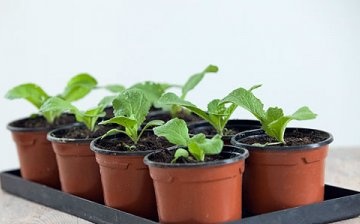How to grow Chinese cabbage yourself
Cabbage, cabbage, it turns out. And the technologies that gardeners use to grow white cabbage are not entirely suitable for Peking cabbage. For more yields and less frustration, read How to Grow Peking Cabbage. Or at least ask your neighbors on the site.
In fact, Peking cabbage has practically nothing in common with other familiar types. Incorrect cultivation technology, transplanting seedlings and failure to observe the seeding time can lead to such a nuisance as shooting.
What prevents you from getting a harvest of Peking cabbage?
- Damage to the root system when transplanting seedlings into the ground
- Temperature jumps
- Long-term decrease in temperature (below 10 ° C)
- High temperature (above 25 ° C)
- Irregular watering
- Lack of moisture
- Failure to comply with the sowing date
- Sowing too dense
I will decipher some points in more detail. Peking cabbage seeds can sprout even at a temperature of 3-4 ° C, it is quite cold-resistant, tolerates a cold snap to -4 ° C. The best temperature for her is from 15 to 22 ° C.
The favorable time for sowing in the northern regions is early May - mid June, and in the southern regions - early April - 20 May. To get a vegetable in the fall (October-November), sowing is carried out from late July to August 10.
Peking cabbage is prone to bacteriosis, this is facilitated by the overgrowth of seedlings and damage to the roots when transplanted into the ground. To prevent disease, it is better to grow seedlings in pots or sow seeds directly into the ground.
When you have learned enough information on how to grow Chinese cabbage on your site, feel free to take action. Follow the recommendations and the result will be.






